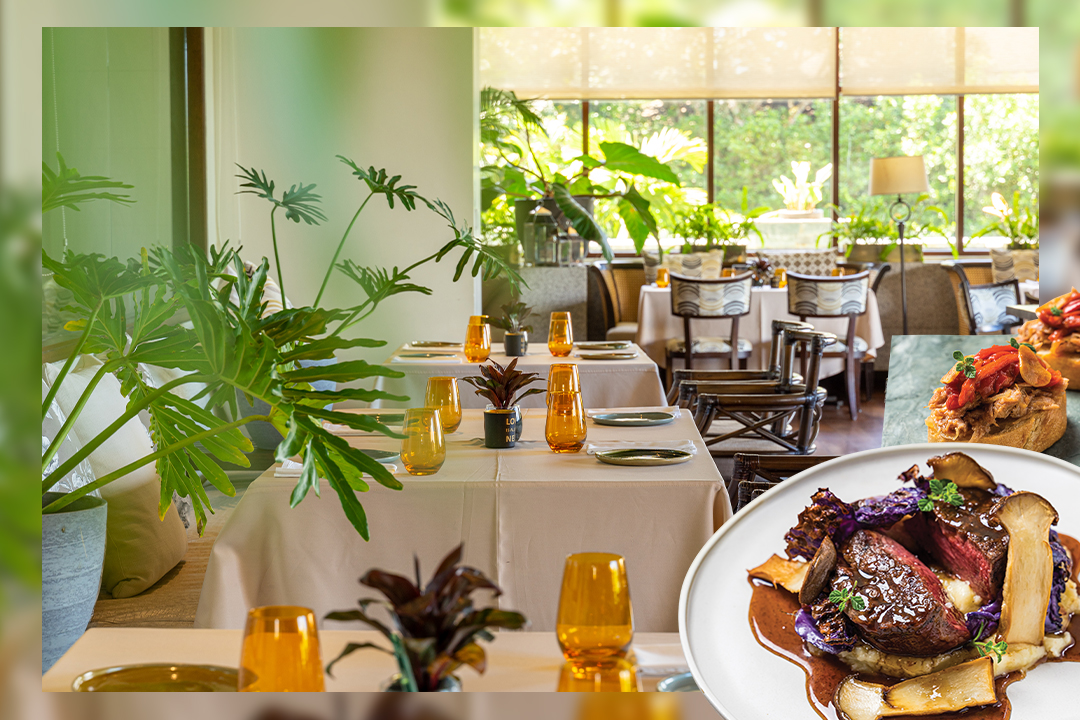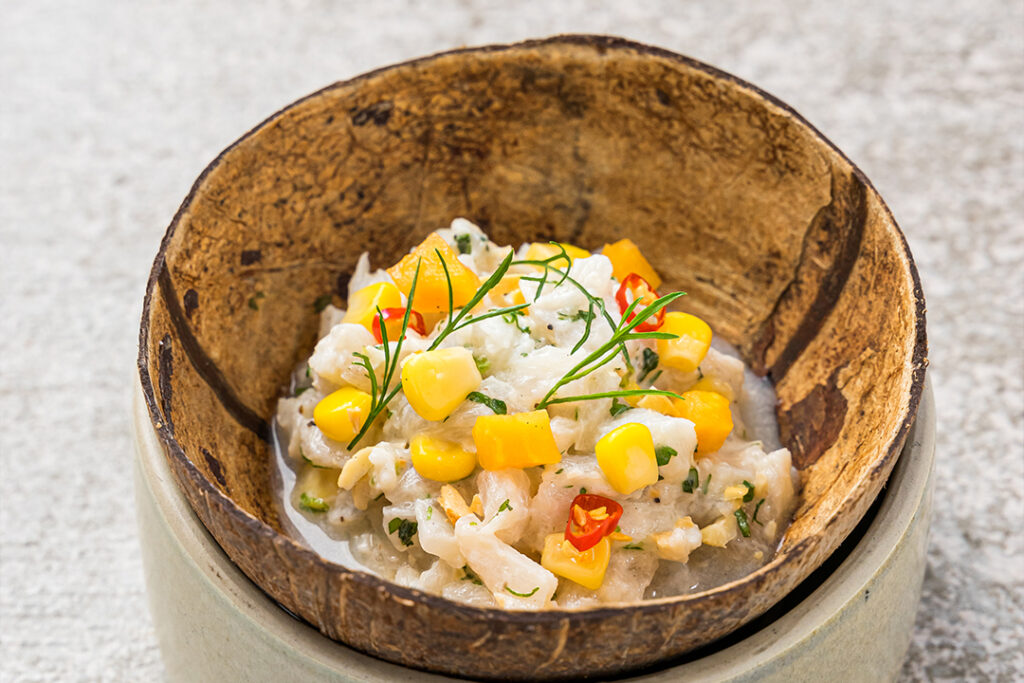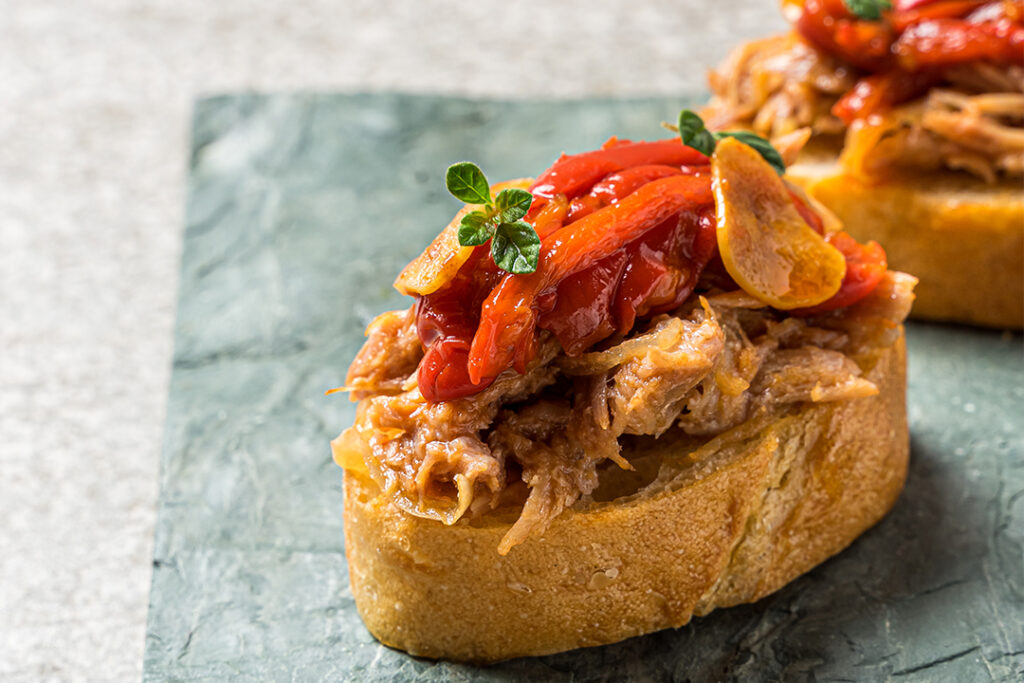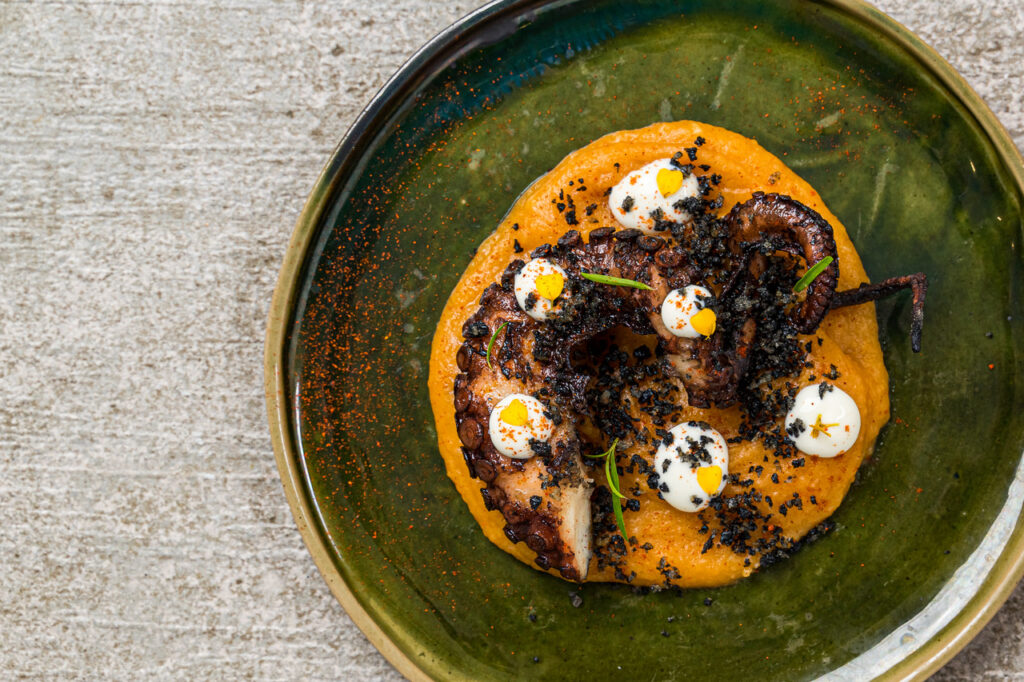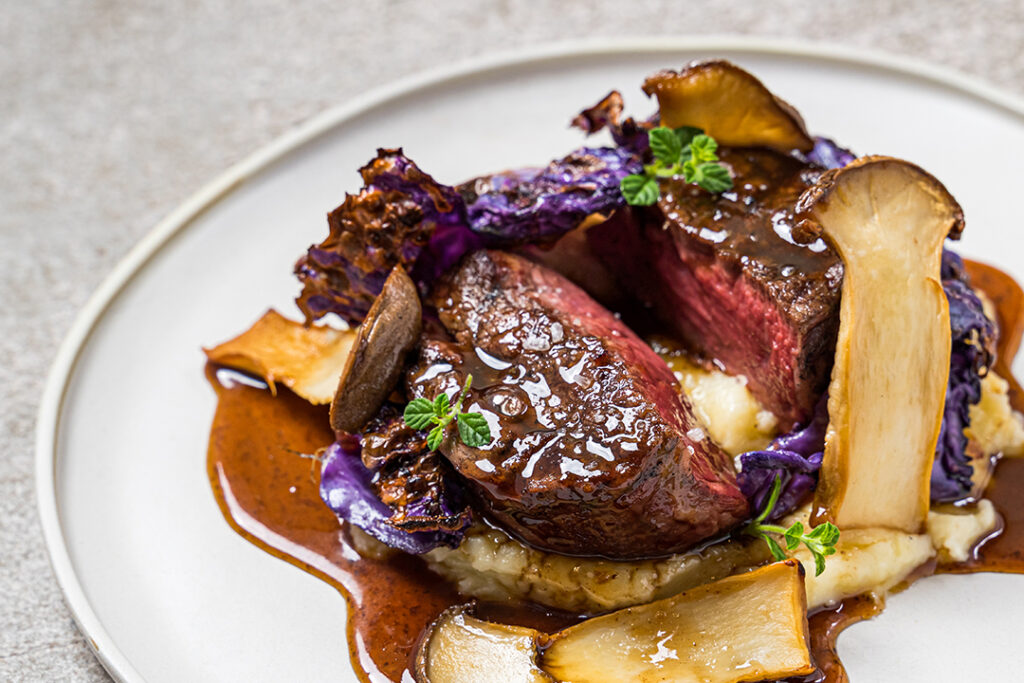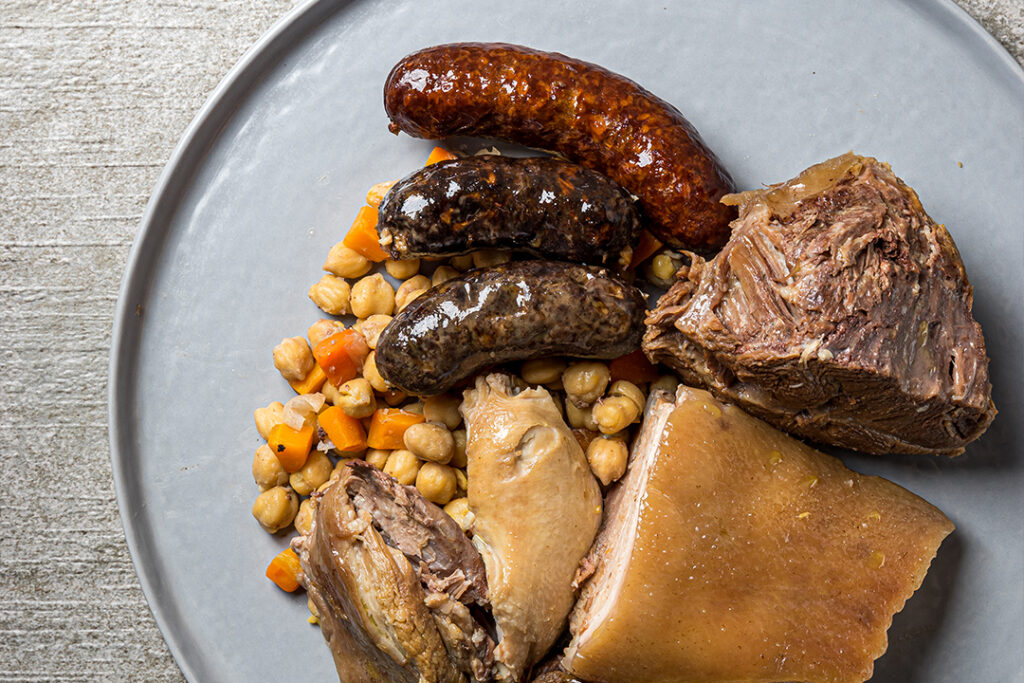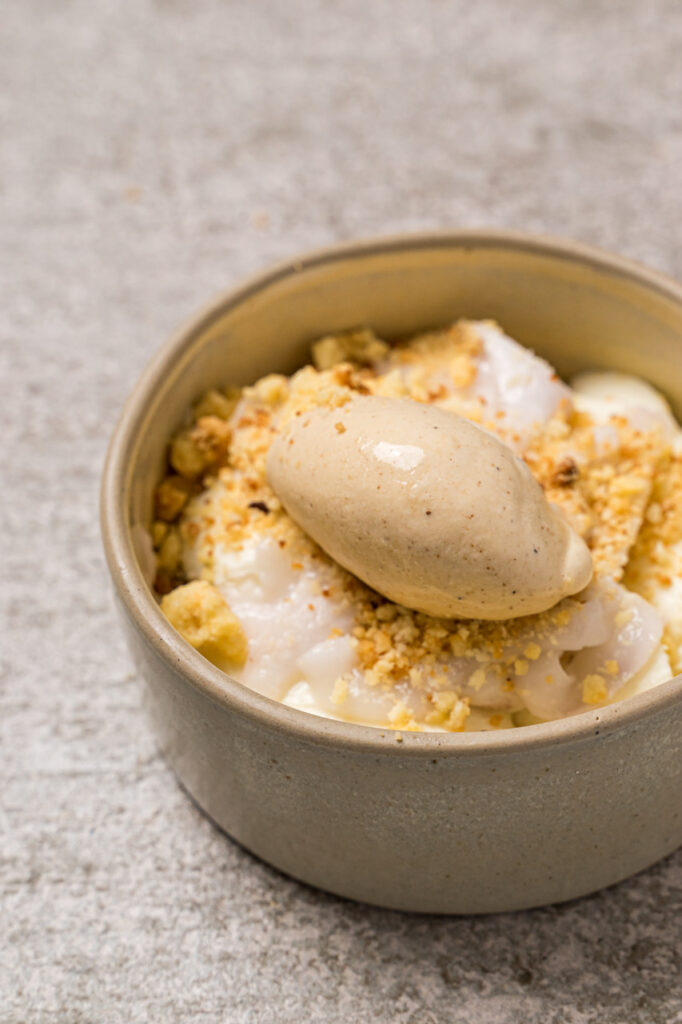Managed by the same group behind some of the best developments in the Southern Tagalog region, Anya Resort Tagaytay, even before the pandemic, has been drawing in its fair share of guests. Its signature restaurant though was in need of a refresh. Thanks to Chef Chele Gonzalez, Samira by Chele is now on par with the best restaurants in the area and beyond.
By Alex Y. Vergara
Nestled in a lush, secluded area of this highland city, Anya Resort Tagaytay, a 7.2-hectare property made up of several villas housing 72 suites, certainly has what it takes to draw both weekend and long-staying tourists in, especially now that the economy is beginning to open up. After all, the development, which also features a section consisting of weekend homes, is managed by the same group behind Club Punta Fuego, Amara Residences and Terrazas de Punta Fuego
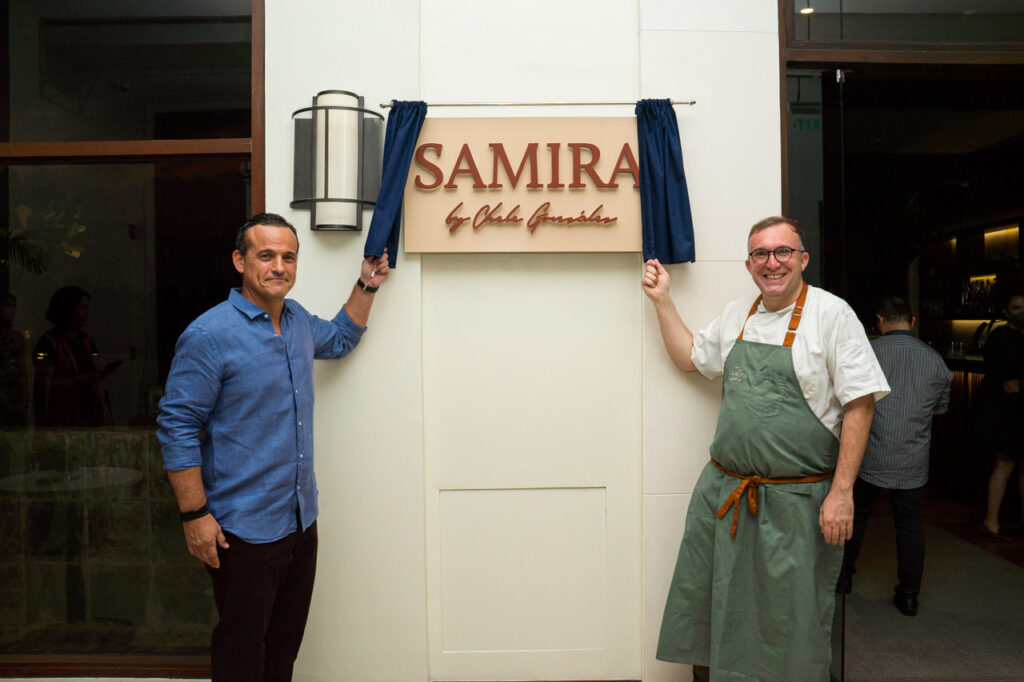

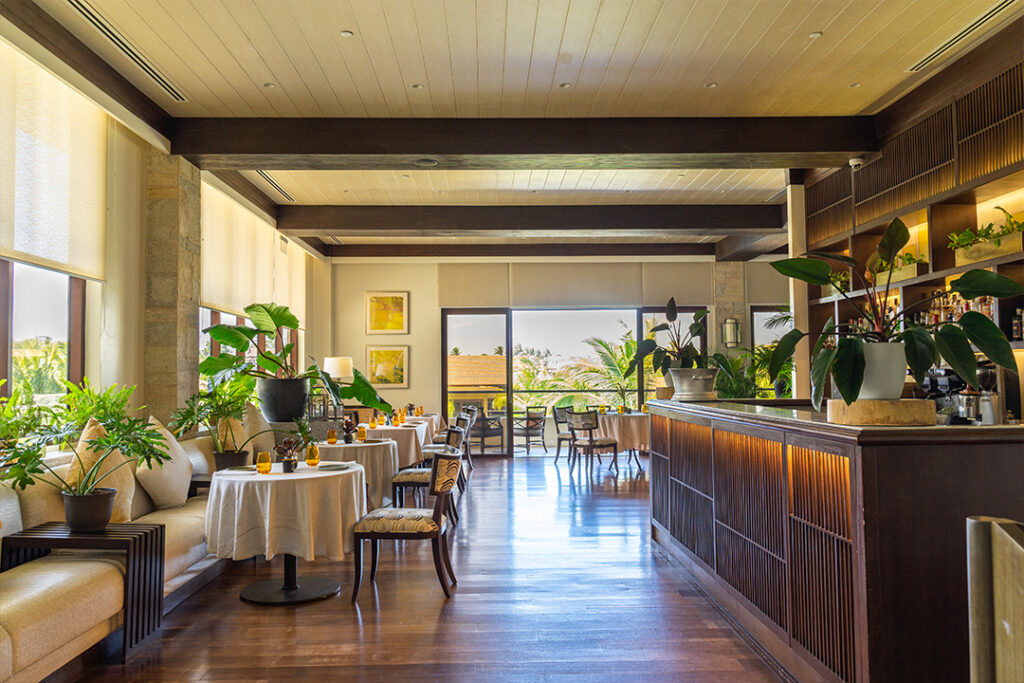
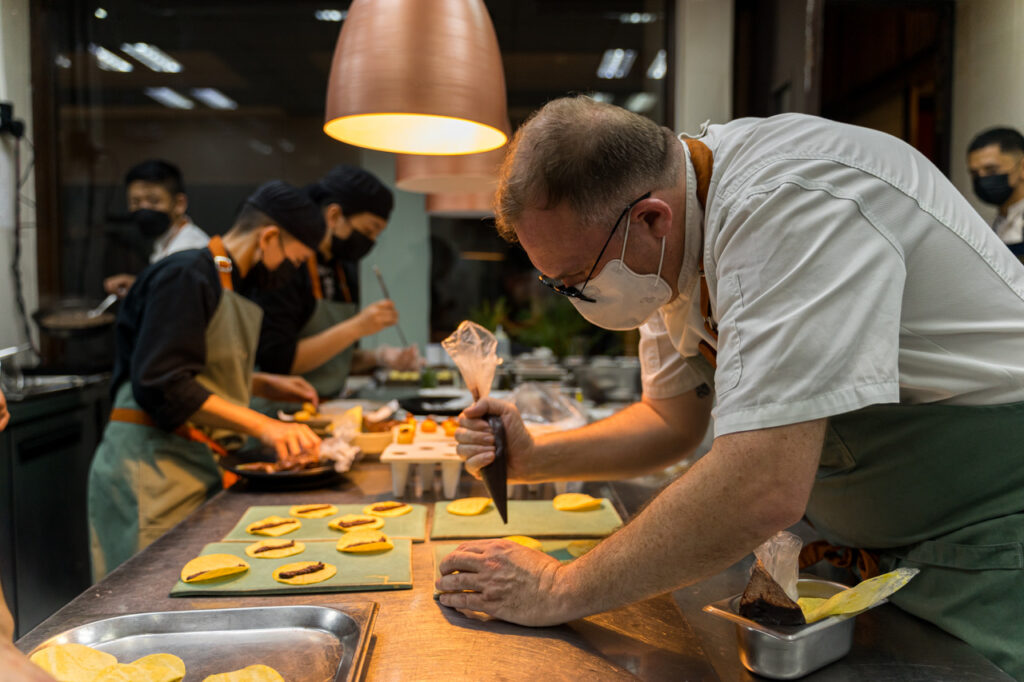
The only missing piece in the puzzle was a signature restaurant enticing enough to give travel-starved guests more reasons to visit and choose Anya, which means Sanskrit for limitless, over its competitors. And that missing piece has been found with the recent opening of Samira by Chele Gonzalez, which, in keeping with Anya’s name, offers cuisine inspired by “anything around the world.”
“There’s a difference between what I offer here compared to what I serve at Gallery by Chele in BGC,” says the celebrated Spanish chef, who’s also behind Gallery, considered by regional food critics as one of Asia’s best restaurants.
In Gallery, Chele puts more effort in sourcing for local and sustainable ingredients, many of which are also organic and endemic to the country.
No limits
Although Samira is still an a la carte restaurant, it offers a wider selection of amuse bouche or tasting menu as well as individual dishes. “Here,” Chele adds, “I don’t want to be limited. For instance, foie gras and salmon, which I don’t use in Gallery, are served here.”
Samira also affords Chele more room for experimentation by combining, for instance, various influences like, say, Filipino and Peruvian, or Filipino and Mexican, in certain dishes. And such attempts trickle down to his combination of seemingly unlikely ingredients like corn tortilla, black beans and emulsified jalapeño with cilantro and pickled onions.
His ceviche, Spain’s version of our very own kinilaw, is more on the sour side because the added acidity helps open up one’s palate to allow the diner to experience more flavors and nuances, says Chele. He then caps off his ceviche with a signature Filipino touch: a dollop of rich coconut milk.
“Coconut milk is essential in kinilaw, but not when you’re serving ceviche,” says Chele, who took over the reins of Samira’s kitchen in late March. “That’s what I mean by being unusual and creative. Here, I don’t want the food to be limited to, say, Filipino or Spanish cuisine.”
That’s why despite the considerable presence of Spanish-influenced dishes, including paella garnished with slow-cooked pork knuckles, done cocido-style, as well as chorizo, chicken peas and various vegetables, on the menu, Samira by Chele isn’t a Spanish restaurant, he insists.
His salmon dish, which is flavored with citrus and garnished with cauliflower emulsion and asparagus, teems instead with French inspiration. And, of course, to a considerable number of foodies, no food trip to Tagaytay is complete without a sampling of bulalo.
Cocido cooking
“In Spain, the cocido is one of the most important dishes,” says Chele. Cocido, he adds, simply means dishes cooked for a considerable period of time. And that’s what he is partly offering to diners—the so-called “cocido experience” that is apparent in a number of dishes, including his own version of the bulalo.
“Usually, when you have cocido dishes, you also have leftover meat, which you then recook with tomatoes and potatoes to come up with ropa vieja,” he adds. “So, at Samira, it’s also all about traditions even if dishes are presented differently.”
“There’s a difference between what I offer here compared to what I serve at Gallery by Chele in BGC. Here, I don’t want to be limited.”
And owing to its more laidback clientele, Chele describes his latest baby as a restaurant that straddles “between casual and fine dining.”
“People’s habits may have changed because of the pandemic, lingering less, for example, like they did before, and eating earlier,” he says. “But some habits remain. You don’t go to a restaurant simply to eat, but also to socialize.” And Samira by Chele tries to achieve the right balance for today’s new breed of diners.
Samira, or Sanskrit for wind, has been serving guests a wide range of dishes on its own even before the start of the pandemic. But people behind Anya, led by GM Mikel Arriet, felt that there was still plenty of room for improvement.
“As a member of a small luxury hotel group, we at Anya felt that we had already achieved a certain level we were looking for in terms of rooms and accommodations,” says Mikel, who started his hospitality career decades ago as a chef.
Like Chele, Mikel, also a Spaniard, considers the Philippines his second home, having been based here for 17 years now, first as a chef for Club Punta Fuego.
Chele’s the man
But that wasn’t the case when it came to F&B. They needed to address it, and fast! Based on Anya’s research, including Mikel’s informal talks with various colleagues, “all fingers were pointing to Chele.”
“And, so far, our decision to invite Chele on board has been working. Our signature restaurant is full and are suites are almost fully booked,” he says
Apart from Samira by Chele, Anya also recently opened Niyama, a wellness center, which offers its own brand of signature massages using bamboo sticks and treatments inspired by the age-old Filipino practice of hilot.
Indeed, not only is the missing piece of the puzzle complete, at Anya, the possibilities to de-stress and savor good food have also become limitless.

